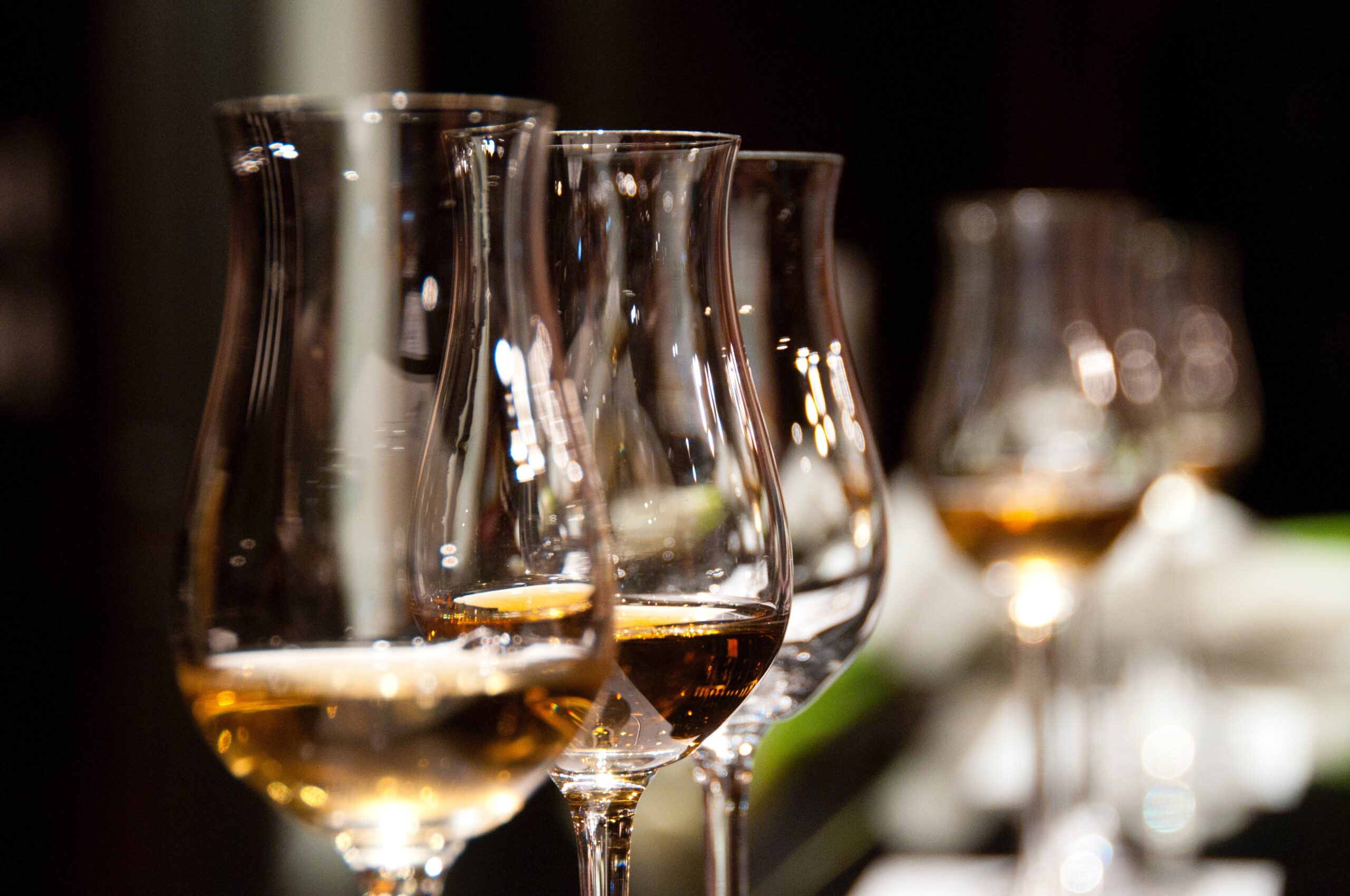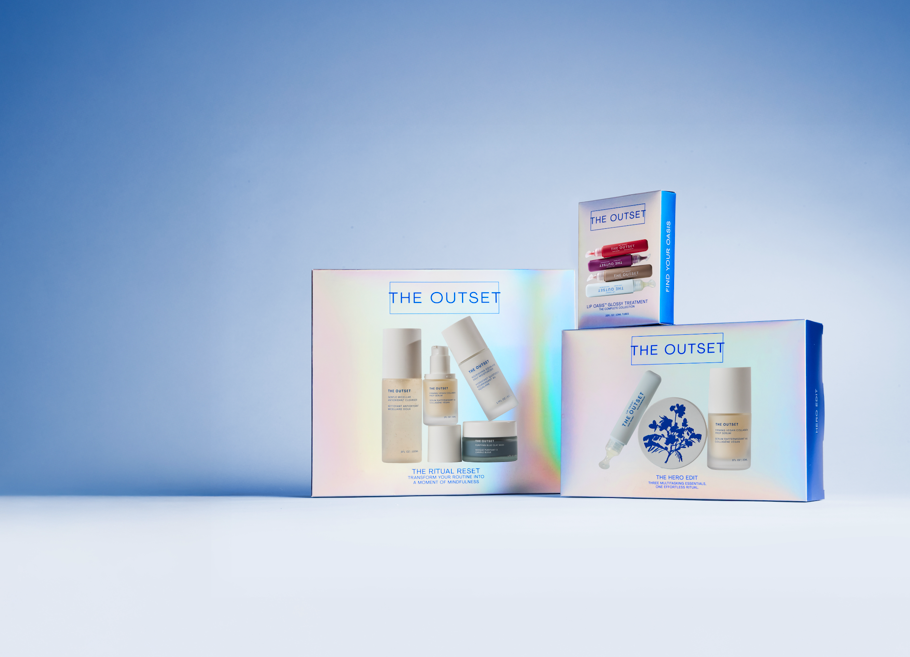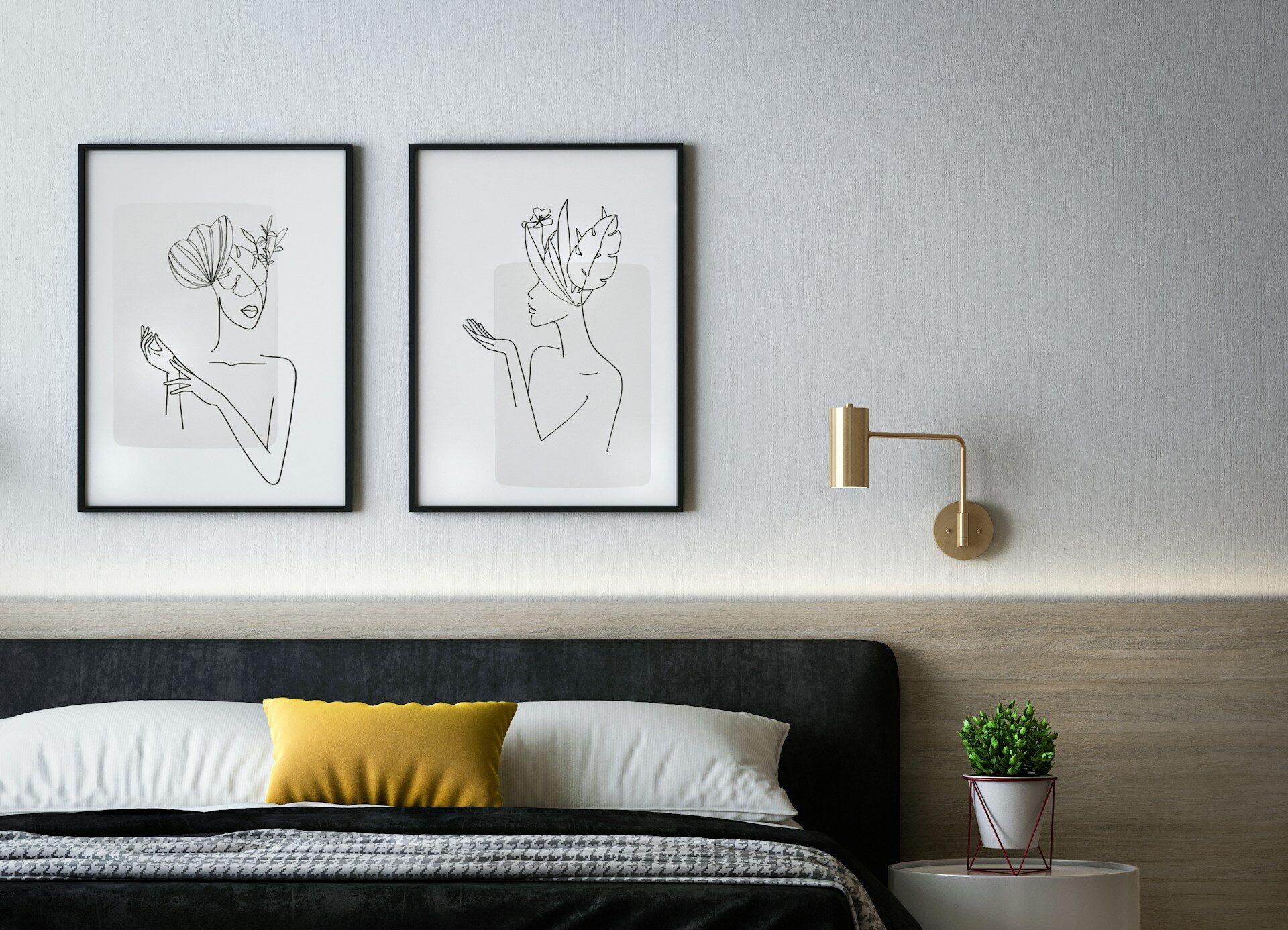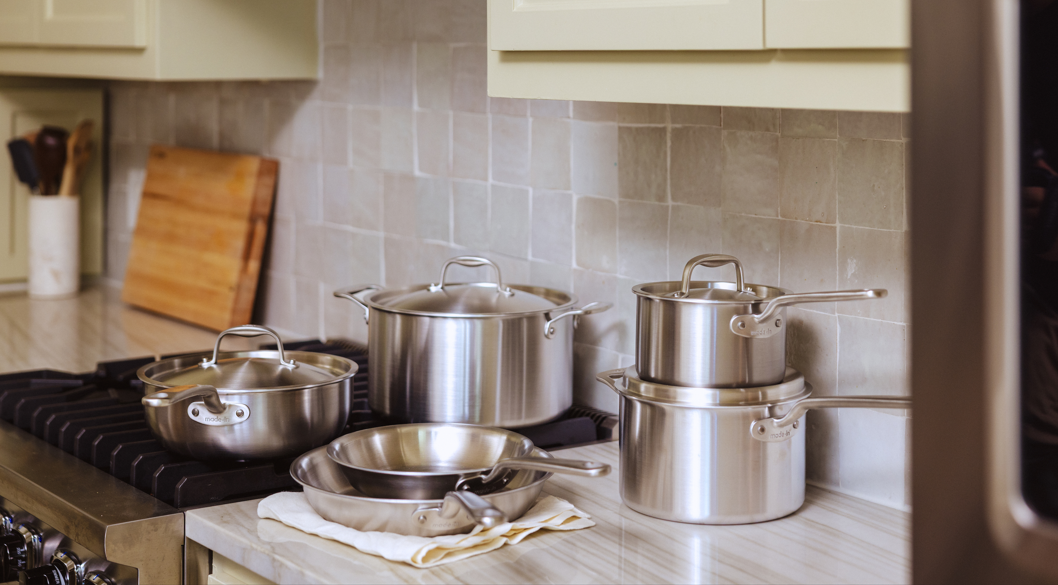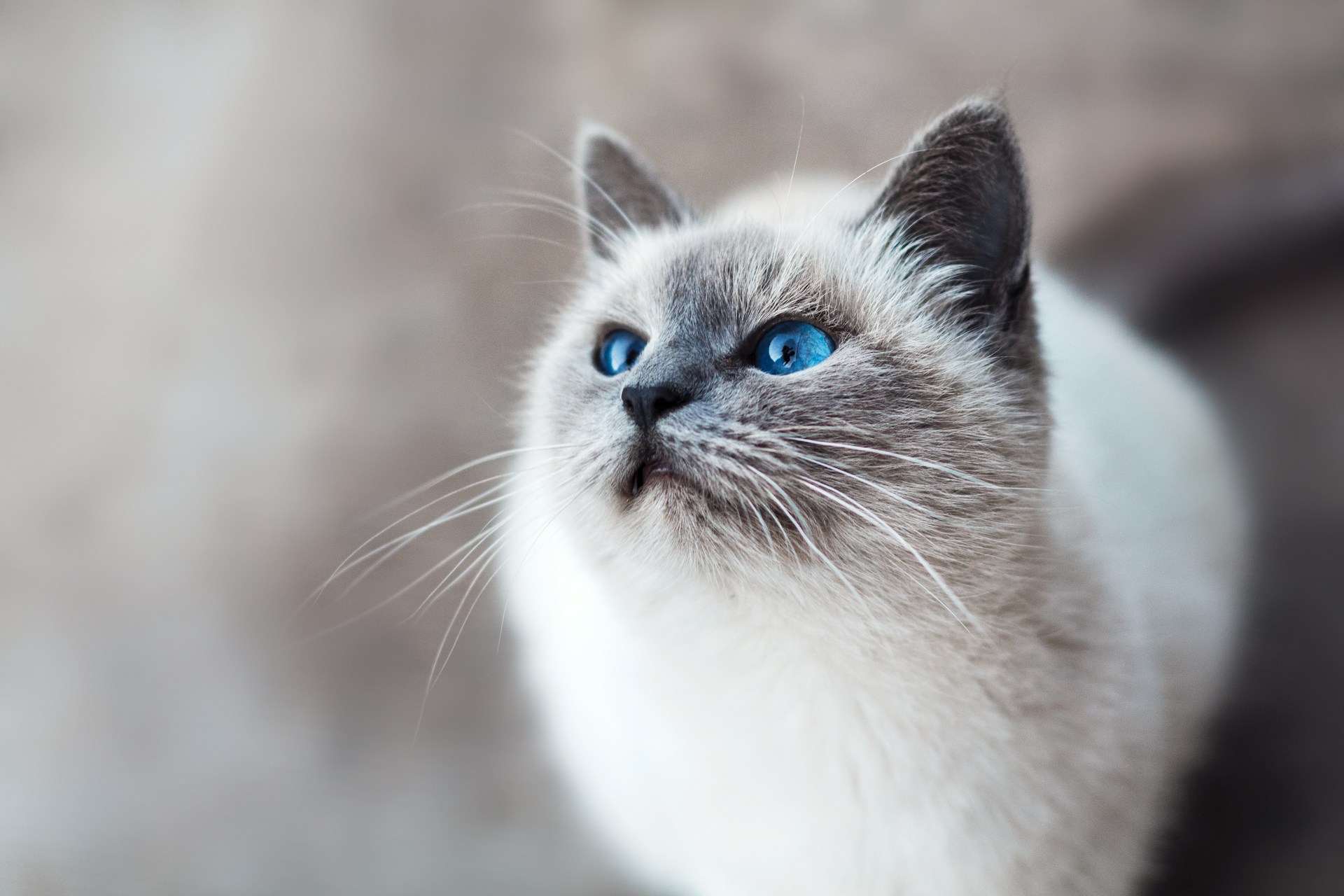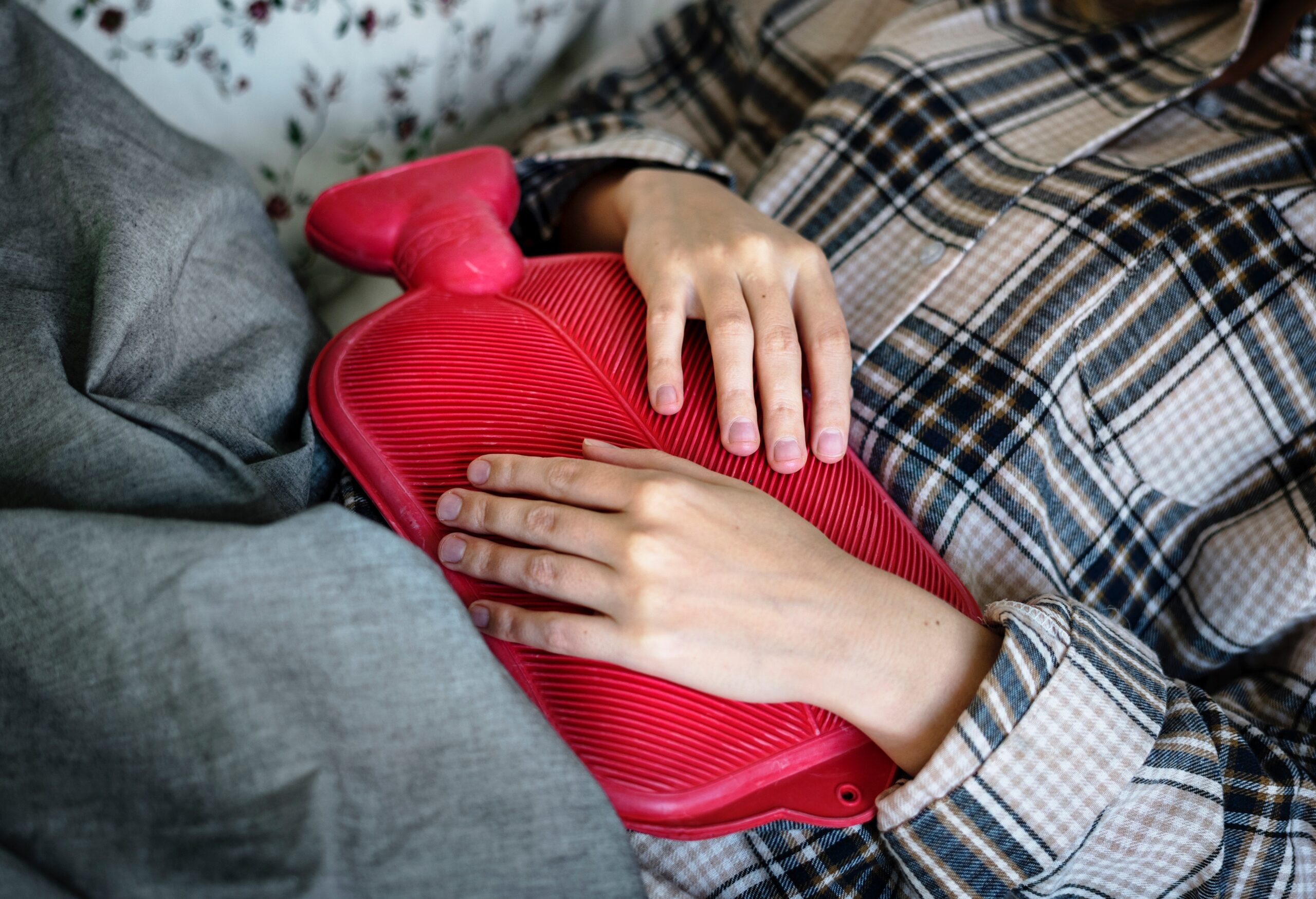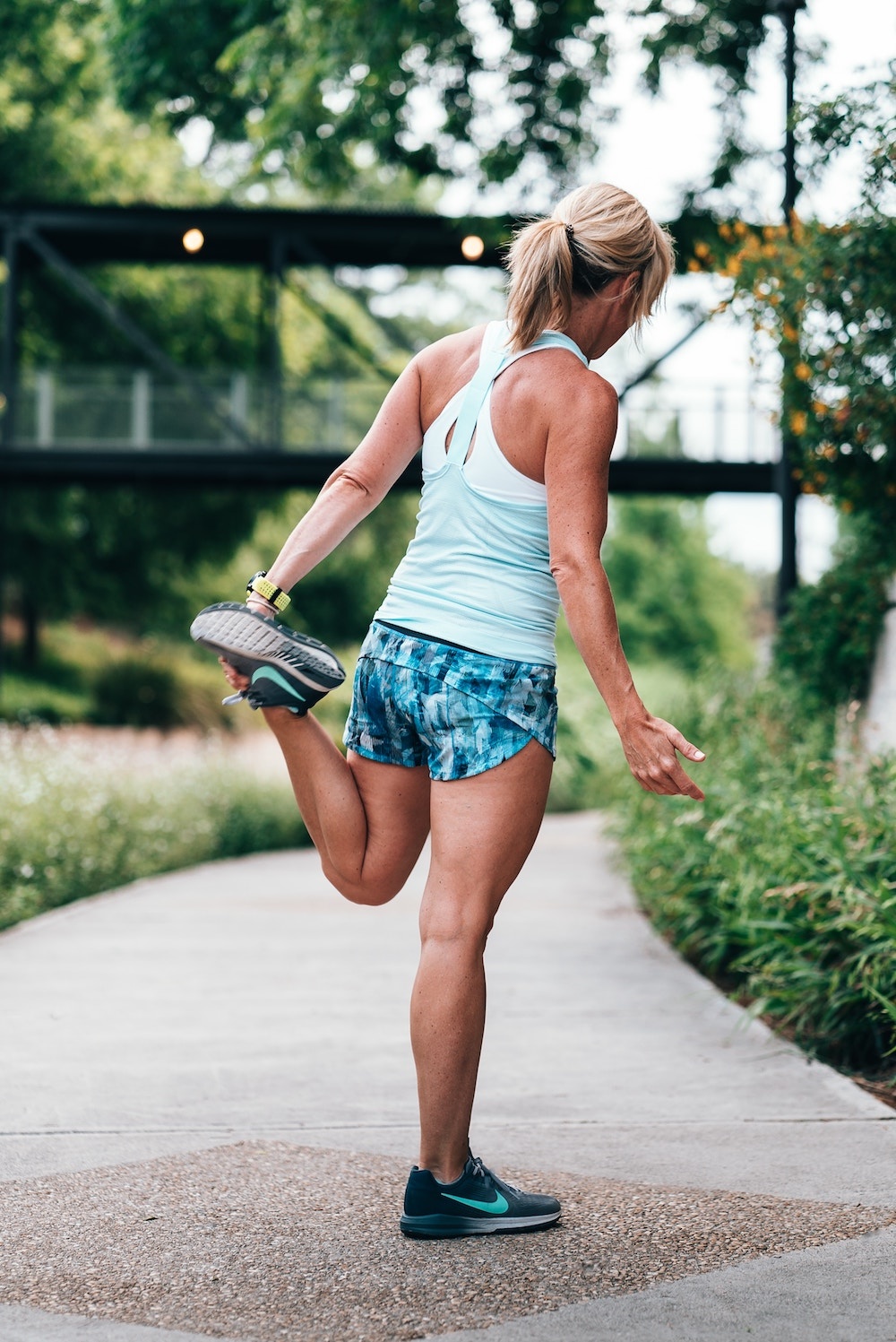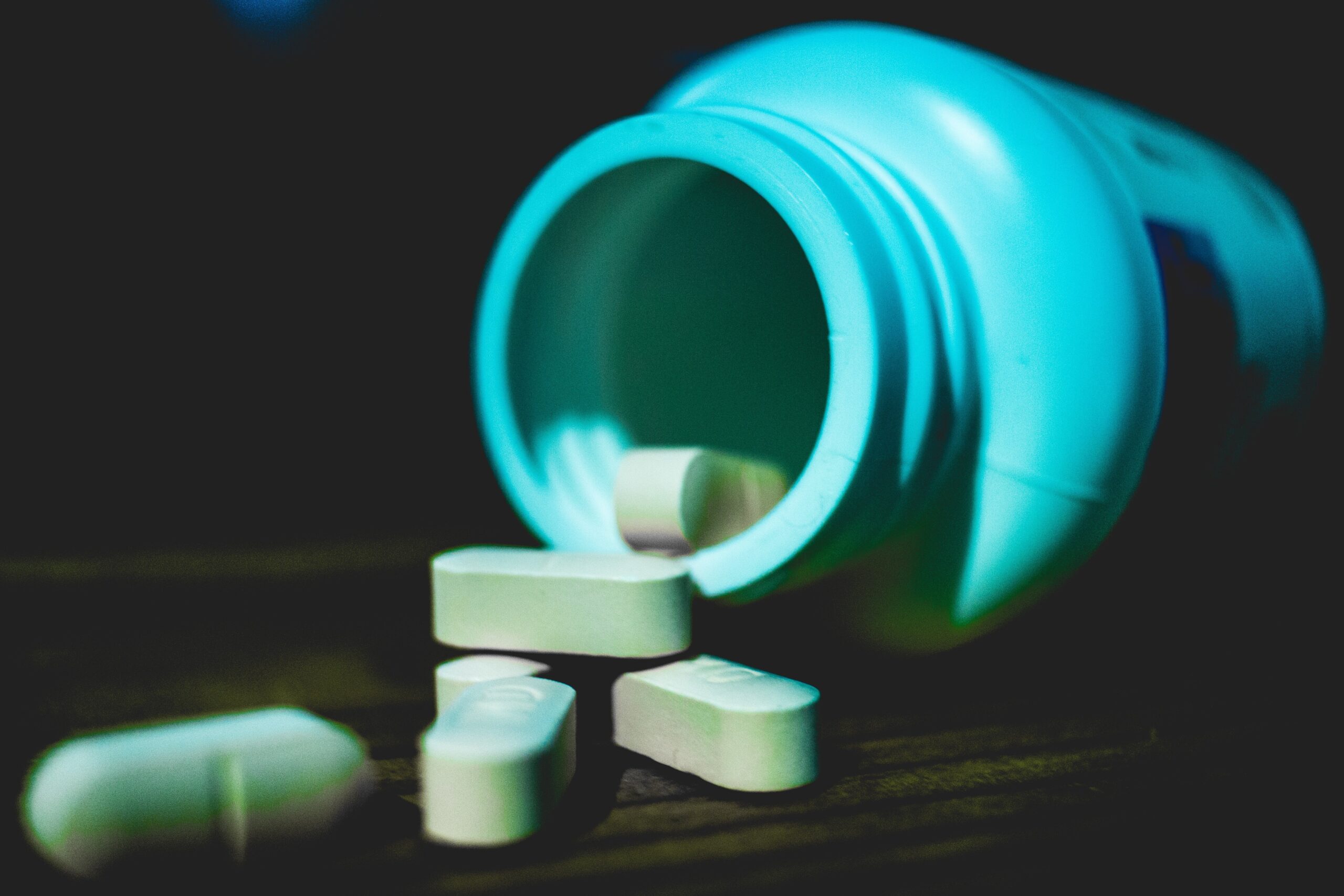My first big girl, family-free Thanksgiving in New York City, I woke up at 2 AM on the floor of an unfamiliar room with a blanket thrown over me and an aggrieved note from a guy I was dating left next to my throbbing head. Suffice to say, I had not been drinking low alcohol wine at that particular gathering.
If you start sipping when the turkey goes in at noon and keep it up until 9 or 10 pm, you are likely to consume far more alcohol than is healthy or wise, even at the rate of a glass or two every couple of hours. To be kind to your liver, your brain cells, and your BMI, consider quaffing less boozy varieties of wine this holiday season. An added bonus is that many pair well with traditional dishes like poultry, vegetable sides, shellfish, and salads.
The first thing you need to know is how to tell how much alcohol is in the bottle. If you are confused by the whole proof vs. percentage thing and were embarrassed to ask, your secret is safe with us. With wine, it’s super straight forward. Every label lists what percentage of alcohol it contains as “ABV” (alcohol by volume). “Proof” is simply double the percentage, so if you are used to seeing 80 proof on a vodka or bourbon bottle, that equals 40 percent ABV.
If you thought all wine was basically created equal in terms of alcohol content, think again. A bold, juicy California Zinfandel might be 16 percent ABV while a bright, sparkling Moscato d’Asti from Italy is 5.5 percent ABV. That means the Zin is three times as strong!
The percentage of alcohol in wine depends on how much sugar is in the grape of origin. In the simplest terms, winemakers use yeast to convert the natural sugars in grape juice to alcohol. In cooler climates, such as Germany or Upstate New York, grapes typically contain less sugar. In warmer regions, such as California or Australia, grapes develop more sugar. Another factor is when the grapes are harvested, since the sugar become more concentrated the longer they stay on the vine. Hence a “late harvest” dessert wine may contain as much as 17 percent ABV.
Don’t confuse these wines with “light” or “diet” wines such as those produced by FitWines or Cense (Weight Watchers-approved vino). Diet wine is diluted with water or doctored in a lab to reduce the sugar and alcohol. If you’ve tried them and you love them, great. Otherwise you are only saving 20-30 calories per glass and they don’t get high marks for flavor and mouthfeel from most experts. You’ll save more money and calories and lower the ABV considerably by using a cheap-and-cheerful bottle to make a wine and seltzer spritzer.
Lower Alcohol Wines
Here are some common varietals of true lower alcohol wine to seek out. When in doubt, check the label (every varietal has a range) and aim to choose wines that are 11-12 percent ABV or lower. There are plenty of delicious choices hovering around eight percent. Wine store employees love this kind of challenge and if you ask for help, they will be very happy to show off their knowledge of the best choices for your dinner or party.
Sauvignon Blanc
A true crowd pleaser that’s crisp but with ripe fruit flavors. You can drink it on its own, with apps, or straight through the meal.
Lambrusco
This lightly effervescent red is a gorgeous deep hue. The berry flavors pair well with turkey. Lambrusco got a bad rap when American makers flooded the market with cloying versions, look for the real thing from Italy. One of the few reds in the lower alcohol category.
Gruner Veltliner
If you ask a server which wine she’d pair with a bunch of different entrees, chances are she’ll answer, “Gruner.” This restaurant darling from Austria ranges from citrus to peach but according to the website Wine Folly, the trait that all great Gruners share is that they hit your tongue with a “pop rocks” tingle.
Riesling
The high acidity in this German white stands up to spice and heat. The flavor is full of fruit and your nose will appreciate its honeyed aroma. It can be off dry or quite sweet, so be sure you know what you are buying.
Muscadet
On the other end of the spectrum from Riesling is Muscadet which is predictably bone dry and has an almost saline quality. This French favorite is wonderful with shellfish or mellower (non-stinky) cheese.
Other options: Vinho Verde, Basque Txakoli, Prosecco, Gavi, and Pinot Grigio.
Some people reach for a beer to keep their alcohol consumption in check, however, that’s not necessarily a good alternative to these wines. The alcohol content in beer has been rising, especially in craft brews. Not only does some beer surpass the ABV of lighter wines, it’s served in a larger format, so glass per glass you’ll do better with low alcohol wine.

